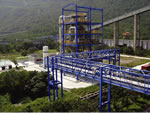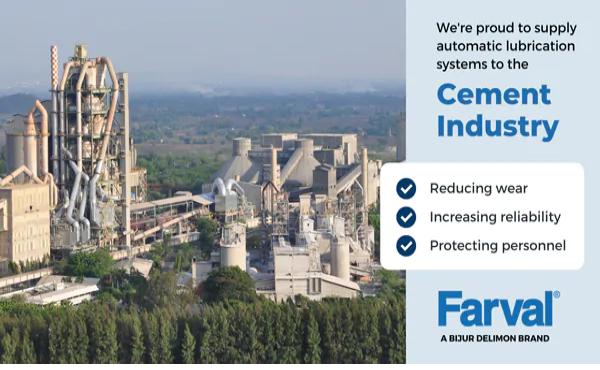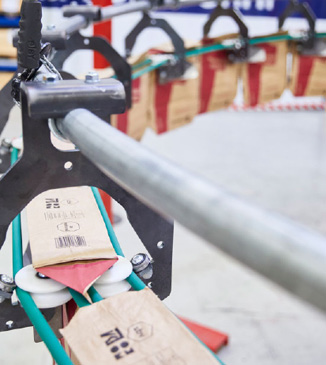Industrial Technology Research Institute (ITRI), Taiwan’s largest and one of the world’s leading, high-tech applied research institutions, introduced High Efficiency Calcium Looping Technology (HECLOT), a calcium looping technology developed to reduce carbon emissions from fossil power plants. It is the first affordable and energy-efficient solution to achieve a CO2 capture rate of up to 90 percent. It reduces energy consumption using a cycling of calcination and carbonation method used to capture CO2, which ultimately enables coal-fired power generation to become clean electricity. HECLOT is able to achieve an initial capture cost lower than $30 per tonne of CO2 in a fossil fuel power plant, saving more than half when compared to current capture costs of $58 per tonne.
“In 2014, the months of May, June and August were the warmest of any on record in the United States. In the battle against global warming, HECLOT can play a significant role,” said Heng-Wen Hsu, ITRI’s deputy division director, Green Energy and Environment Research Laboratories. “It is the most effective and affordable CO2 capture technology available today and has the potential to estimate 10 percent of the global CCS market in the initial phase and can contribute even more significant capture in the future. It will allow for more rapid adoption of CCS solutions and can expedite the implementation of low carbon policies to help confront the issues surrounding climate change.”
The capital cost of a HECLOT power plant is $125 million for a 50 MWe unit, much less than the current cost of around $5 billion for existing CO2 capture technology, according to the organization. This will make it easier to raise capital for HECLOT power plants, which would result in a higher and faster financial return on investment. HECLOT can also be integrated into retrofitted plants.
Additionally, HECLOT will allow CO2 to be injected underground for Enhanced Oil Recovery (EOR) and Enhanced Gas Recovery (EGR), allowing plants to generate more oil and gas, leading to additional green energy and jobs.
HECLOT captures CO2 in the combustion fume coming out of power plant boilers. It uses calcium from limestone (CaCO3) as the carbon capture medium. Calcium is looped between two chemical reactions involving CaO and CaCO3 to capture and release CO2. In the capture, or carbonation reaction, calcium in CaO captures CO2 and becomes CaCO3. In the second reaction, the so-called calcination reaction, CaCO3 is reduced back to CaO, and CO2 absorbed in the first reaction is released at high purity in the second reaction. By looping between these two reactions, CO2 can be collected and then stored away.
Cement production accounts for 5 percent of global CO2 emissions and is the second most consumed substance on earth after water. In June 2013, ITRI signed a patent licensing and technology transfer agreement with Taiwan Cement Co., Ltd. to build the world’s largest calcium looping pilot plant where 1 tonne of carbon will be captured per hour.
“Carbon capture has been around for a while, but has never taken off due to its high costs. ITRI’s HECLOT has solved Taiwan Cement’s and the cement industry’s CO2 emissions problem and has reduced the carbon capture cost substantially,” said Lesley Koo, chairman, board of directors and supervisor at Taiwan Cement. In the future, HECLOT will be available for licensing to cement manufacturers and fossil-fuel power plants worldwide. ITRI holds three patents and 16 pending patents internationally on HECLOT technology.
Industrial Technology Research Institute, www.itri.org.tw/award/eng




